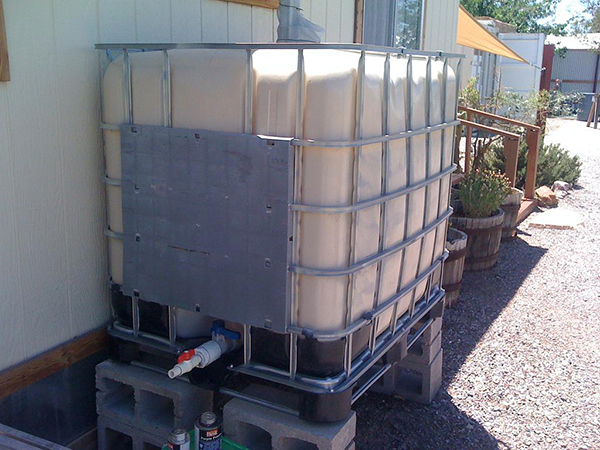
All of us are aware with the nursery rhyme that goes “Rain, rain, go away! Come again another day.” As kids, maybe some of us liked to play in the rain. Now that we’re adults, a lot of us wish for it to go away as it interferes with our daily plans and routines.
But you shouldn’t curse the rain the next time you’re stuck in a downpour. Rainwater is a life-giving resource, and without it, there’d be no life on Earth. Its primary purpose is to give us water to drink. During a downpour, rain seeps into the ground to become part of rivers and lakes, or what is called ground water. Without rainwater constantly replenishing our ground water sources, water would be a lot scarcer that it already is right now.
In places that experience torrential downpour on a frequent basis, people can take advantage of the excess rain by collecting and storing it. They can then afterward use it for different household purposes. This practice is called rainwater harvesting, and this has been practiced for thousands of years by older civilizations. In remote places that don’t have access to the convenience provided by modern plumbing, they still actively harvest rainwater because this is one of their main means of getting water, aside from ground water sources.
But in recent times, because of the emergence of climate change, even households in urban areas have been looking into the practice of rainwater harvesting. This practice helps especially in areas that experience extremes of torrential rain and drought.
But there are two important questions that need to be asked. Why should you practice rainwater harvesting? And what are the practical uses of rainwater?
To answer the first question, here are a few essential points:
- You get to save on your monthly water consumption and thus your bills. Imagine the great amount of savings you’d get if you were to regularly practice this in your household.
- You get to have a backup supply of water in times when there’s a drought or a shortage of water in your community. Rainwater reservoirs like steel panel water tanks can be excellent sources of water in times when you can’t rely on your municipal supply.
- You get to do your part for the environment. Contrary to what we might think, the water we have is not unlimited. Thus, if you do what you can do when it comes to being mindful of the water you consume, it’s more beneficial for the environment and for future generations.
To address the second question, the following are the practical uses of rainwater:
- You can drink it—provided, of course, that you filter it. Rainwater is the purest kind of water there is, but you can’t account for the dirt and pollutants that it comes into contact with. You can filter, boil, or chemically treat your harvested water in order to make it drinkable.
- You can water your plants with it. Have you ever noticed after a heavy rainshower that your plants look especially green and healthy? Well, that’s because rain is better for plants than common tap water, which is often infused with a variety of chemicals and hard minerals.
- You can flush the toilet with it. Why waste perfectly potable water on a common household activity? For sure, you and your family members won’t care whether you use filtered or unfiltered water in flushing the contents of your toilet.
- You can also do the same for when you are washing your laundry. Provided you filter your water first of dirt and pollutants, rainwater can be ideal for washing your clothes as it is gentler on the fabrics.
Rainwater has many more practical purposes aside from the ones mentioned above. And rainwater harvesting is a significant practice that will do not just your household but also the environment a lot of good.



Leave A Comment